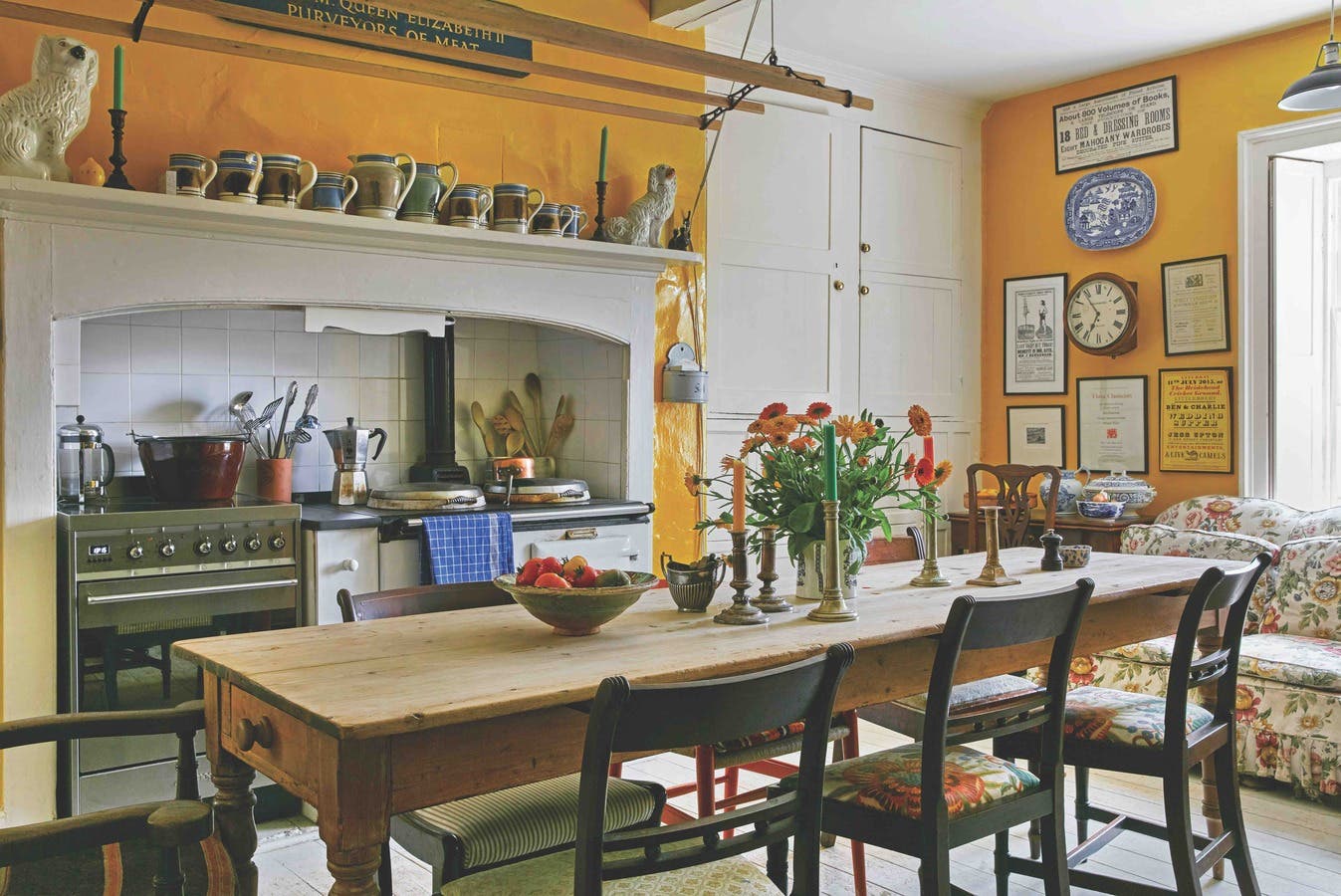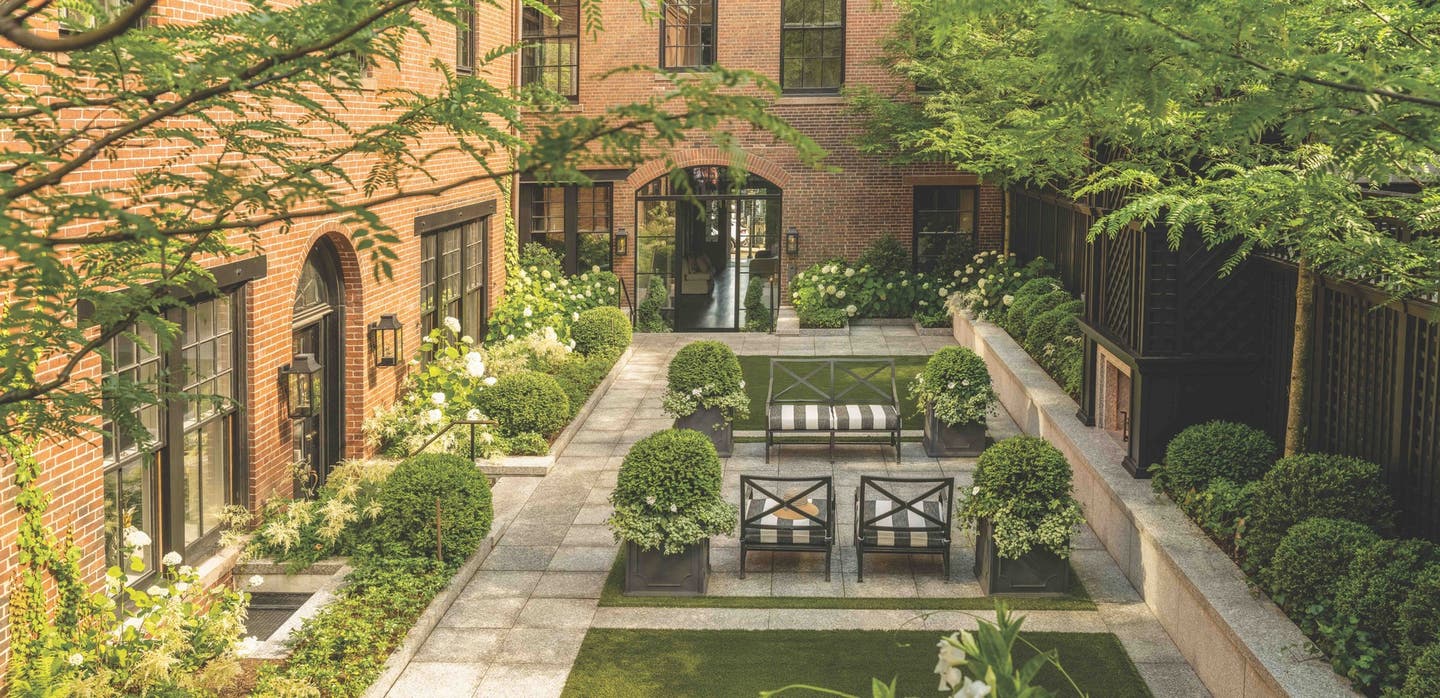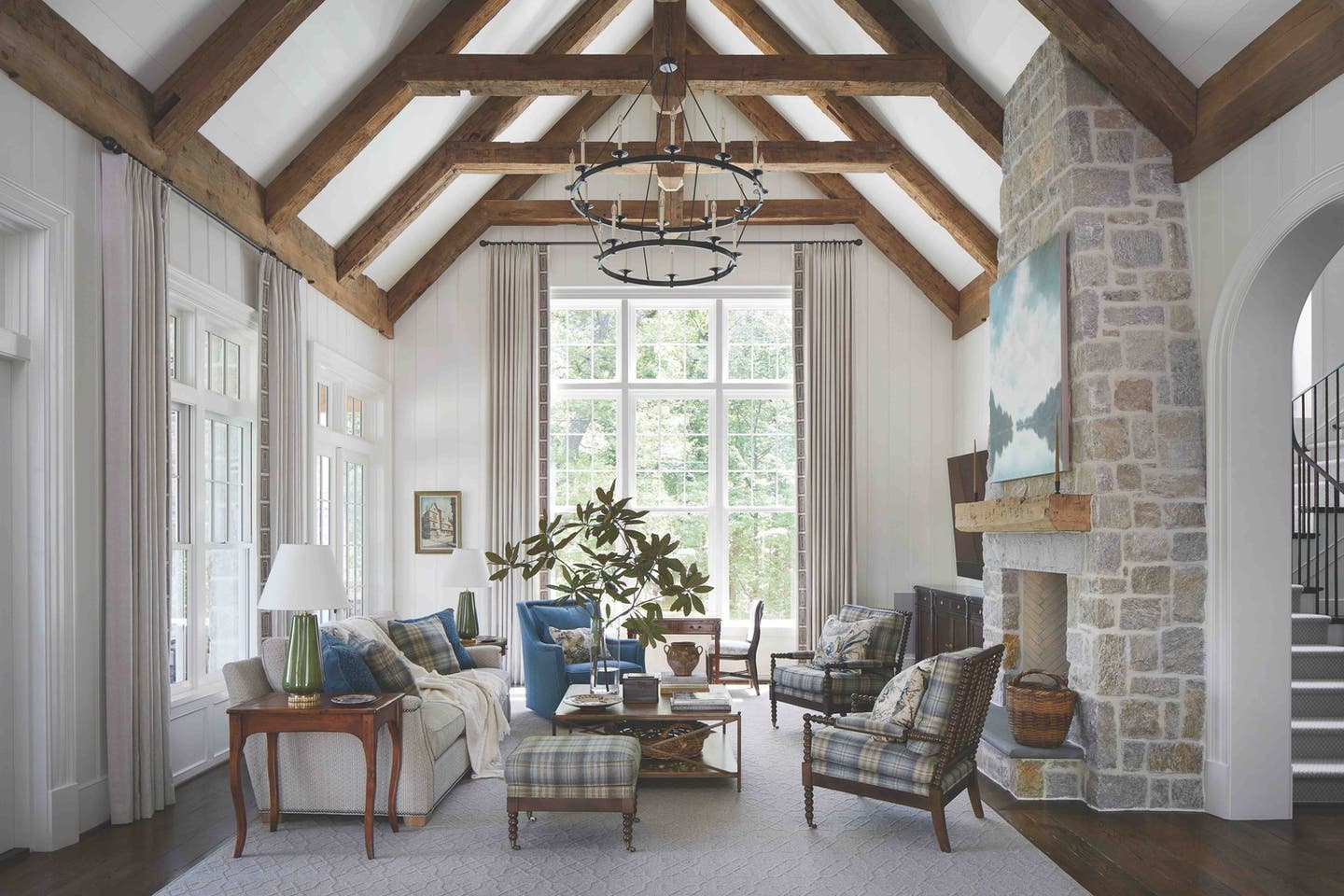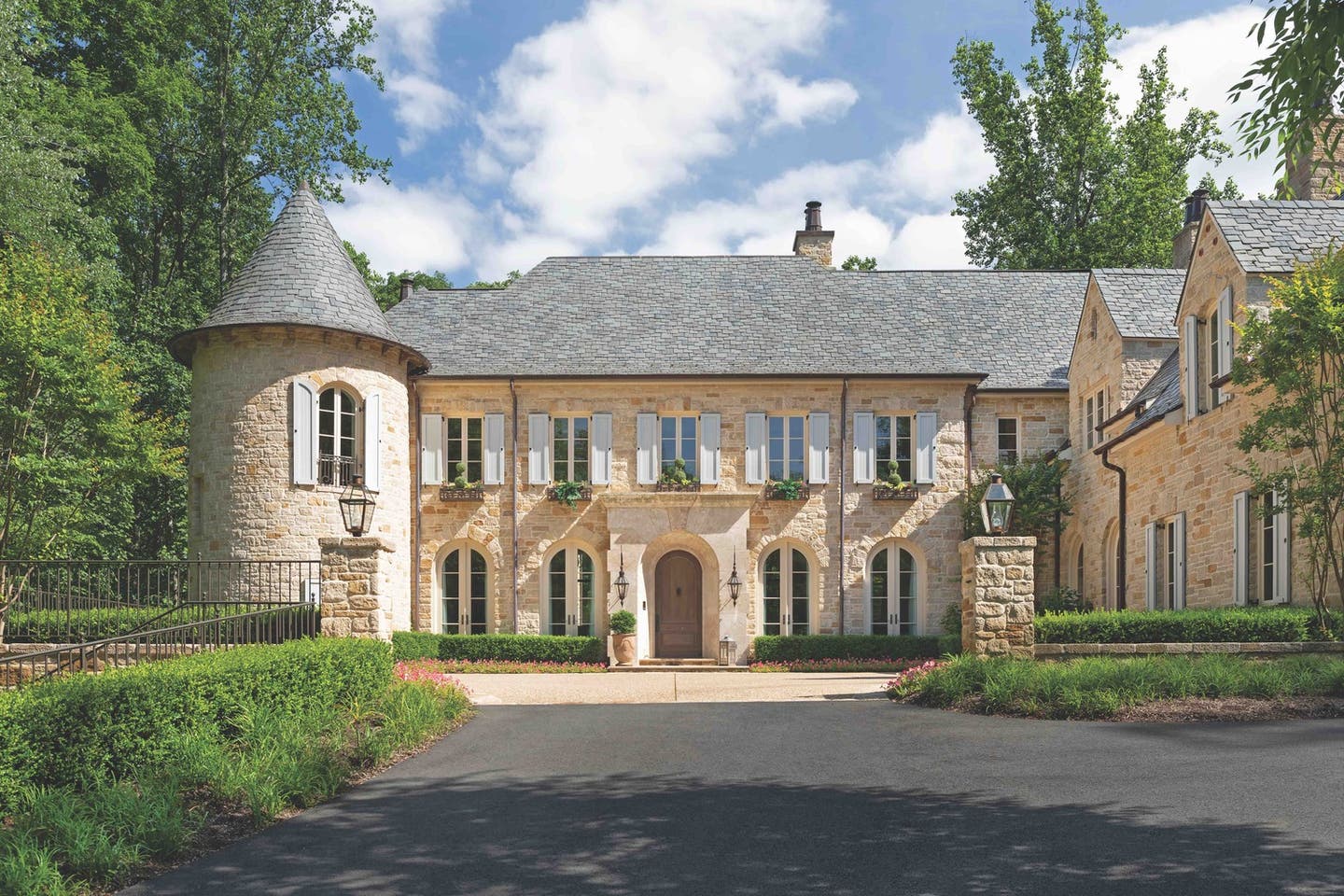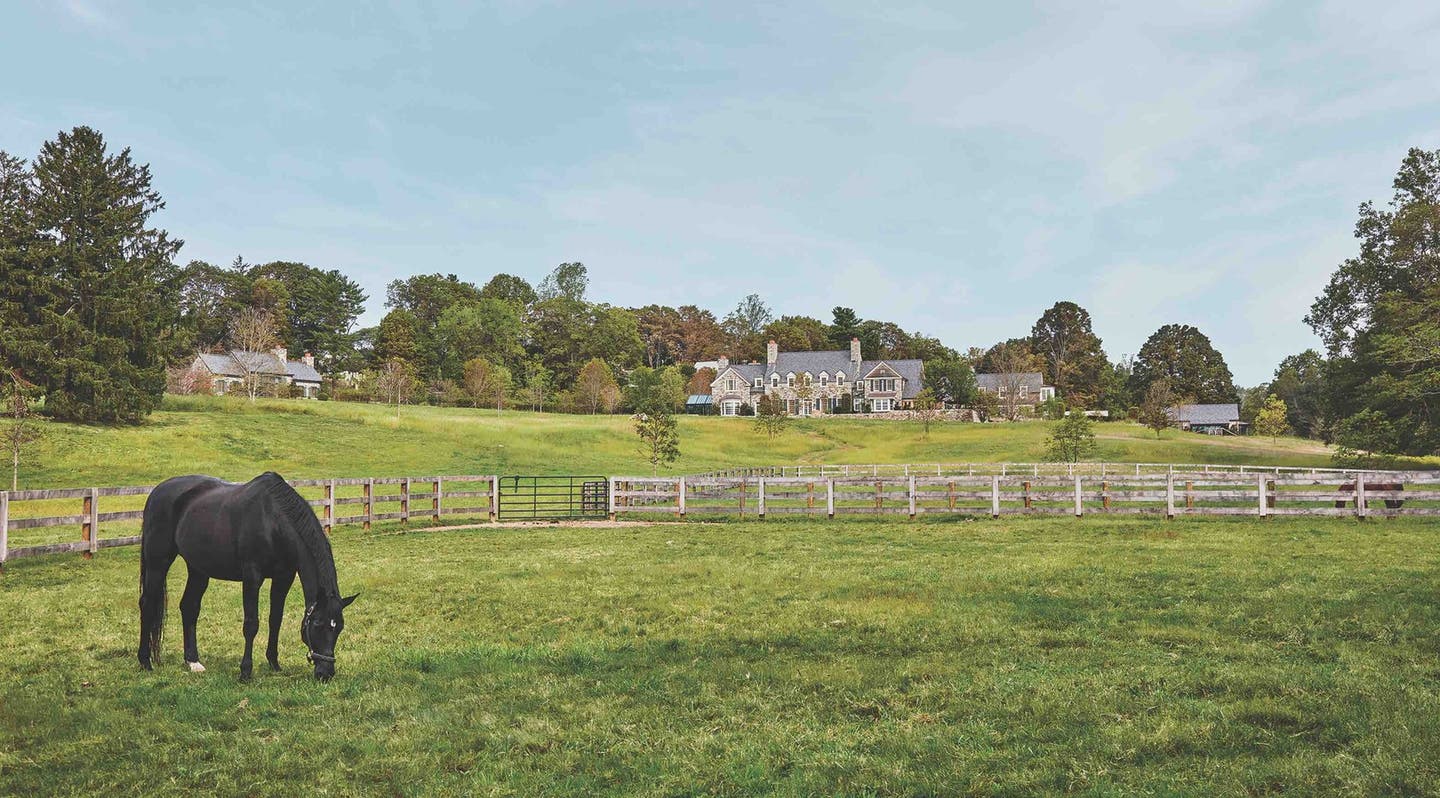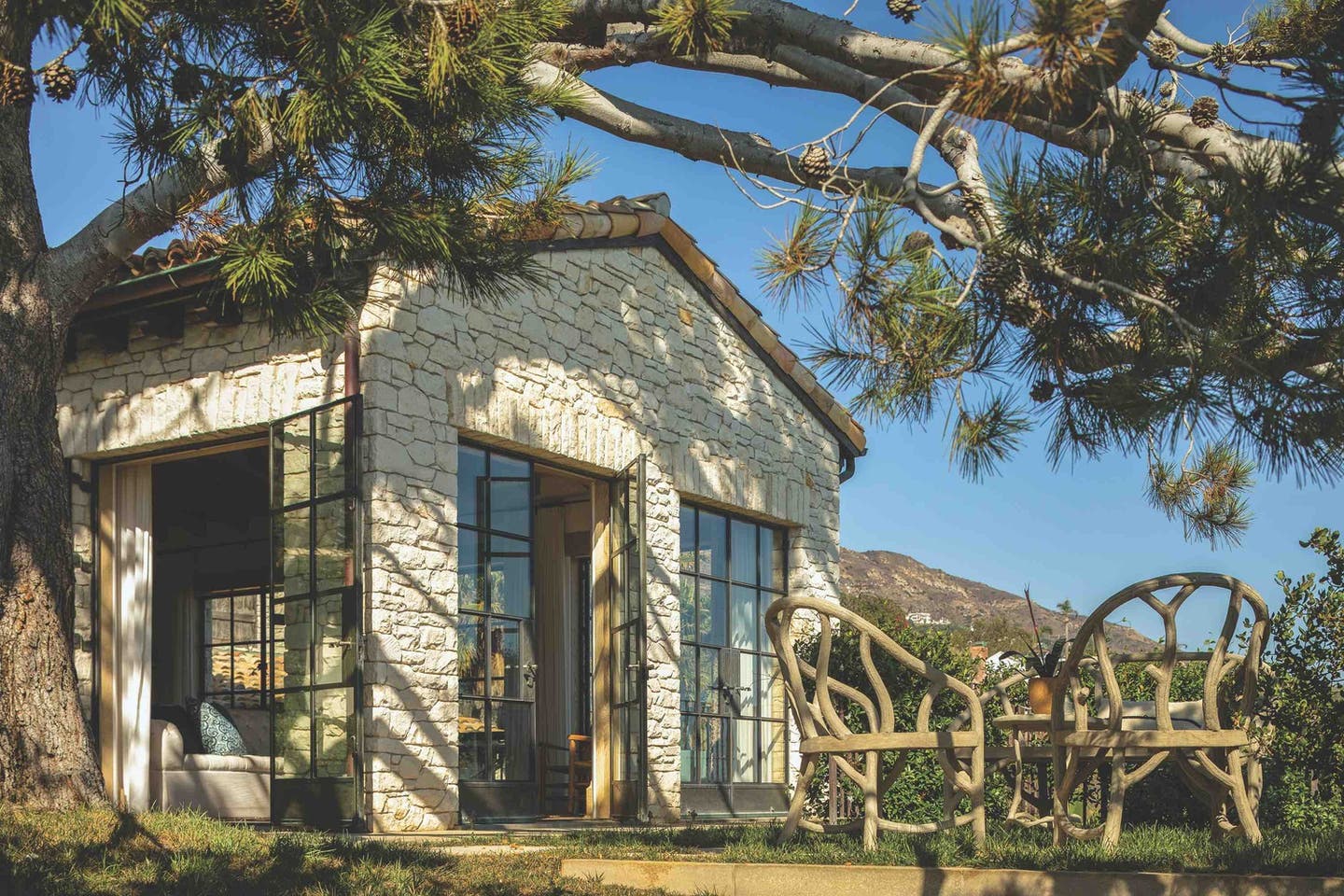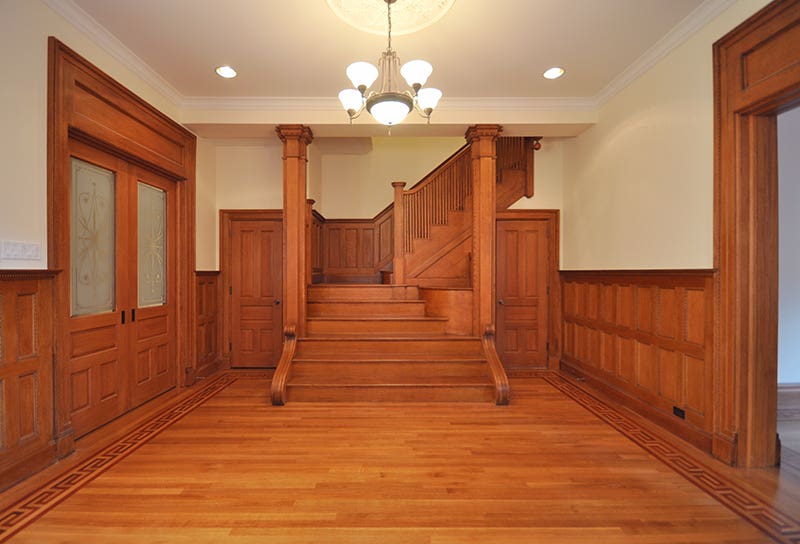
Restoration & Renovation
Zivkovic Connolly Architects’ Harlem Row House
Project: Row House, New York, NY
Architect: Zivkovic Connolly Architects PC, New York, NY; Brian J. Connolly, R.A., project architect/designer
www.zivarch.com
Structural Engineer: Liam O’Hanlon Engineering, Port Washington, NY; Liam O’Hanlon, project engineerM/E/P Engineer: PLUS Group, New York, NY; Imtiaz Mulla, project engineer
Contractor/Millworker: Vitenko Woodworks, New York, NY; Oleg Vitenko

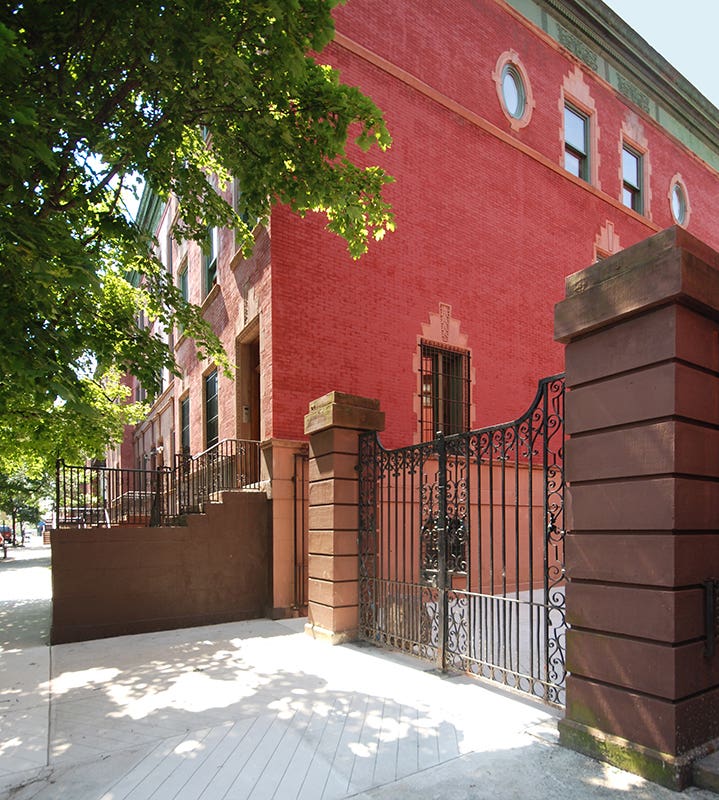
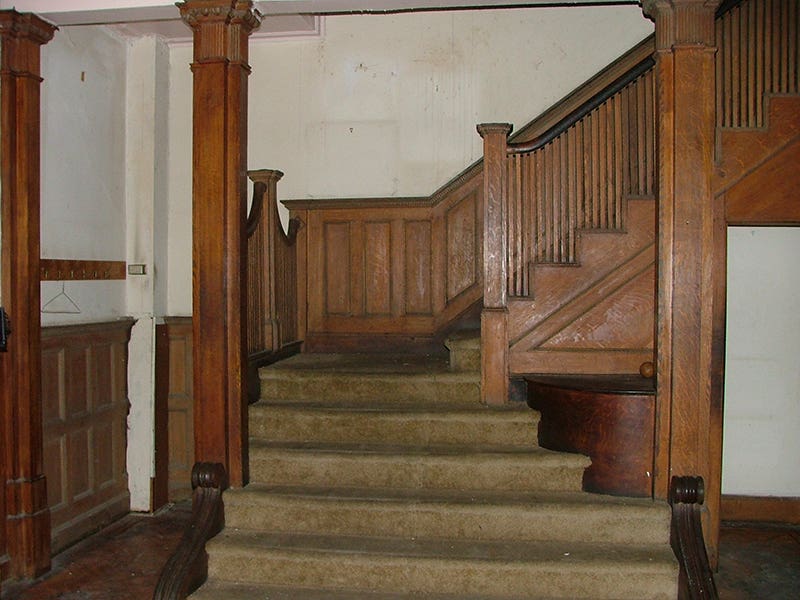
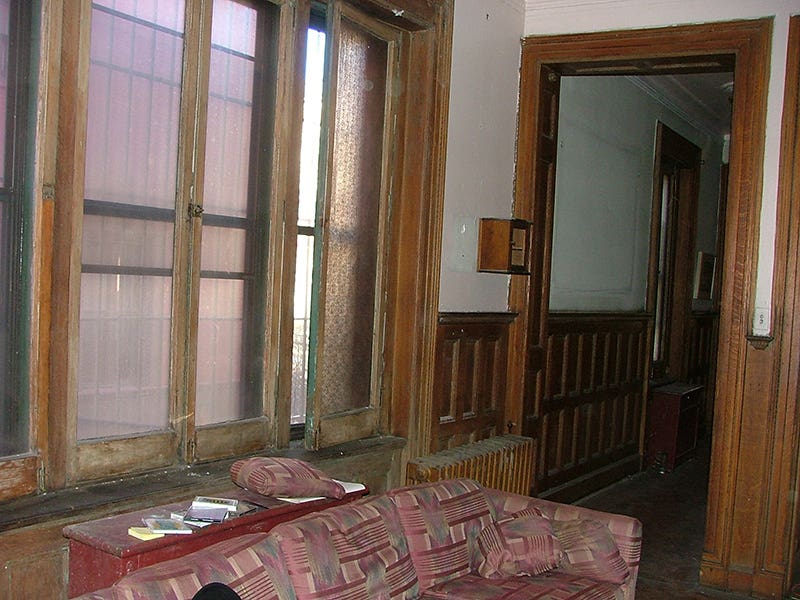
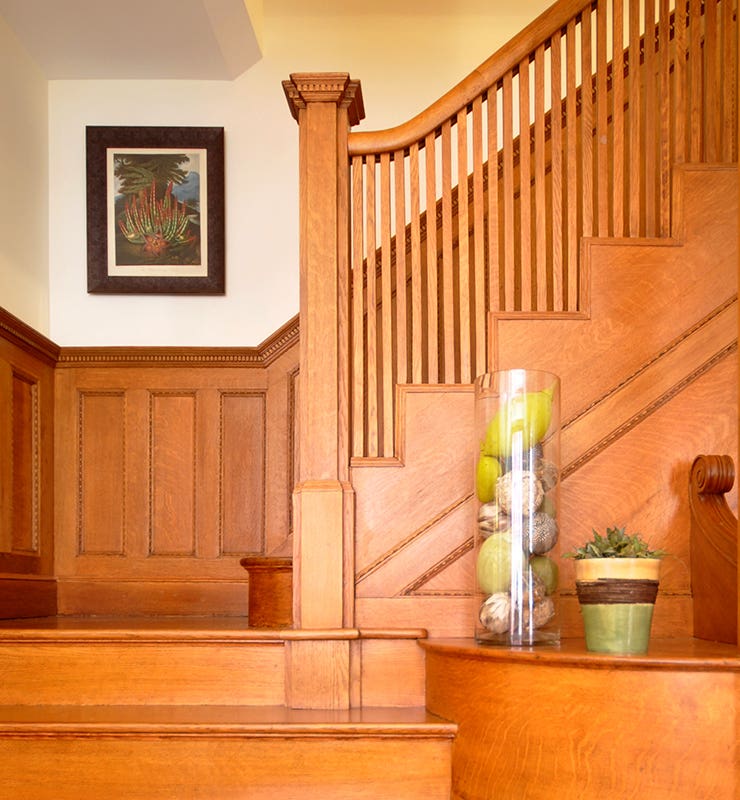
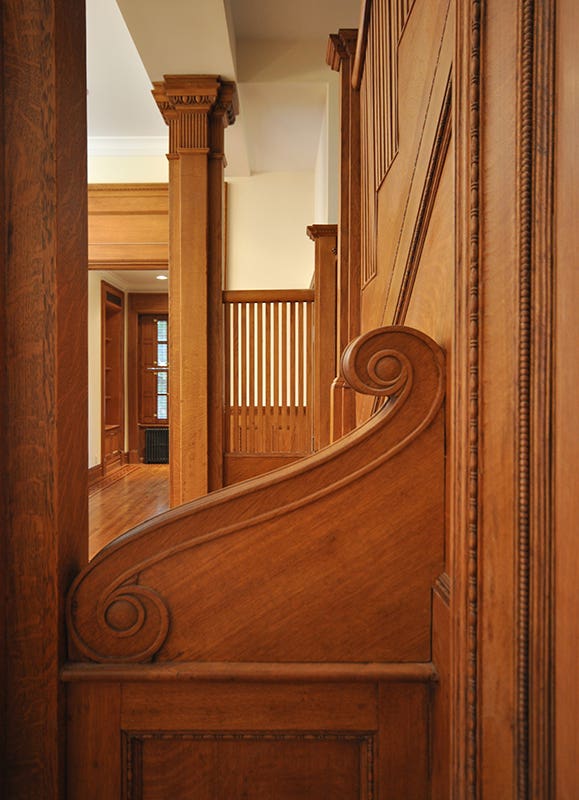
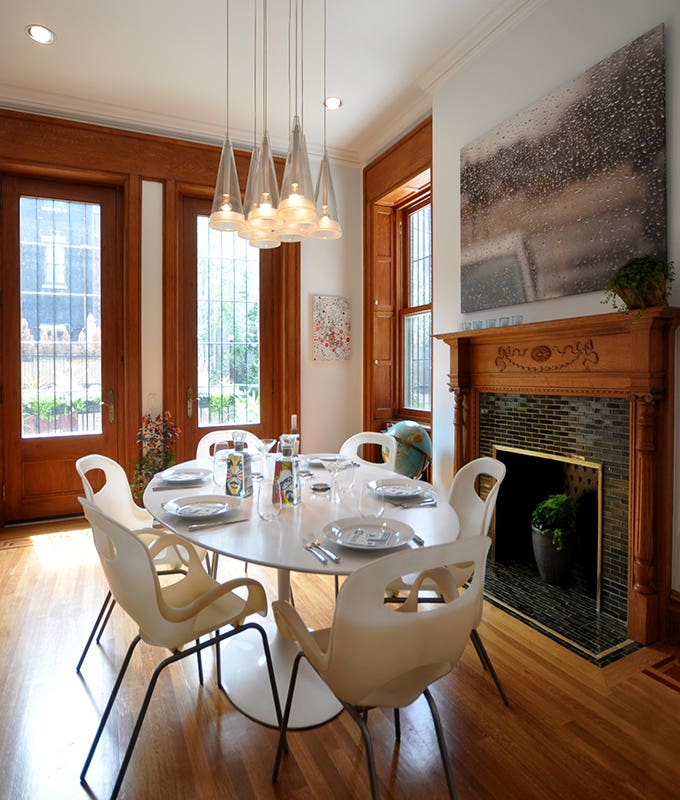
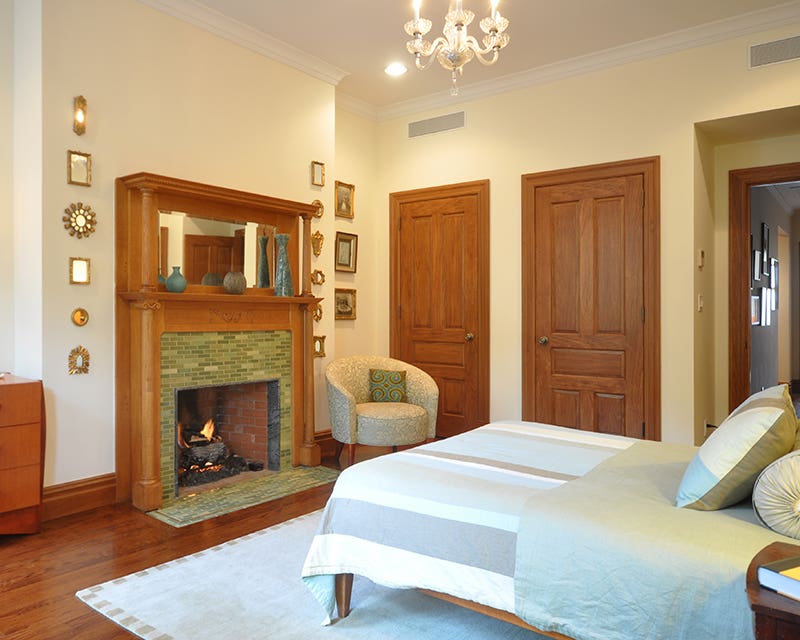
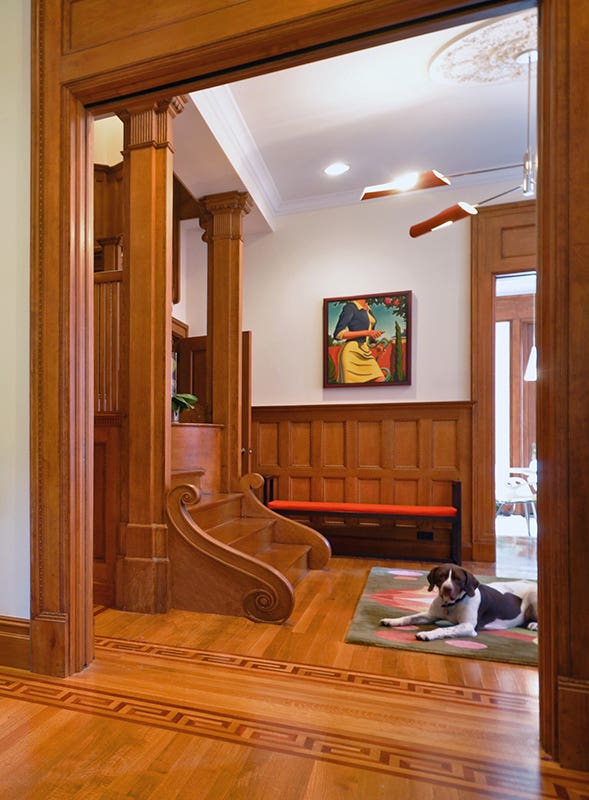
By Nancy A. Ruhling
It was not a question of simply restoring the late-19th-century West Harlem row house to its former elegance. Substantial changes had to be effected in the interior because the new owner wanted to convert it from its original use as a single-family home to three luxury apartments.
The five-story house on West 138th Street is part of the St. Nicholas Historic District, a three-block landmarked area designed by three leading Beaux Arts architectural firms – McKim Mead & White, James Brown Lord and Bruce Price. The tree-lined neighborhood of harmonious houses was once home to jazz great Fletcher Henderson, composer Scott Joplin, bluesman W.C. Handy and Congressman Adam Clayton Powell.
When the row houses were built between 1891 and 1893, Manhattan residents considered Harlem to be as remote as Siberia. The new development, initially called The King Model Houses in homage to the developer, David King, featured indoor plumbing – a luxury – and rear service lanes, a rarity in Manhattan then and now.
The target buyers for the new homes were upper-middle-class white residents, but when the developer declared bankruptcy, they were sold at a discount to African-American professionals. This rising class of buyers was known popularly as “strivers,” which is how the development got the nickname “Strivers Row.”
This house, designed by Brown, is unusual because it has a private driveway, between it and its twin, leading to the rear service lane. The conceit, which occurs twice in each block within the district, provides an additional distinguishing feature: windows on three sides to bring in sunlight, a rare amenity in Manhattan.
“Because of the long west elevation along the private driveway, the central stair foyer on the parlor floor, as well as the other rooms on that side of the house, all receive generous daylight, especially in the evenings,” says Brian J. Connolly, R.A., principal and vice president of Manhattan-based Zivkovic Connolly Architects, who served as project architect and designer.
The house fell under the jurisdiction of the New York City Landmarks Preservation Commission, and the principal exterior elevations to the front and west side could not be altered. The interior, however, was not subject to any such restrictions, and the owners weighed several possibilities before deciding that a period-style look would be a good selling point to prospective renters.
The building was run down, but the exterior was structurally intact and looked much as it did when the home was built 120 years ago. The interior, however, had been chopped up into tiny, single-room-occupancy apartments with added bathrooms and kitchenettes that cut into the original layout and were served by exposed pipes and surface-mounted electrical wiring that punctured moldings as it snaked along walls and ceilings. The beautiful details, which gave the house its Victorian character, had been damaged or destroyed by more than a century’s worth of multiple coats of poorly applied paint.
Given these conditions, Connolly embarked upon what he describes as “a sensitive adaptation” rather than a “strict restoration” to create a duplex apartment and two single-floor units that allowed the townhouse to retain its original character yet made it suitable for multi-family use. “When designing this project,” he says, “we asked ourselves, ‘What would James Brown Lord have done if he was given the program to design one three-family home amidst the other single-family townhouses on the same street?’ This is what we hoped to achieve.”
Reinterpreting the past in the best manner possible, Connolly says, was crucial to the success of the project because “Strivers Row offers a very rare glimpse of what a cohesive urban development actually looked like at the turn of the last century.”
He says their interior plan offered a practical solution in keeping with the character of the rest of the block, where “most of the interiors in the single-family houses have undergone varying degrees of modification in order to adapt to contemporary needs and uses.”
The original houses, he says, would have had at least one maid’s room, and the kitchen, which would have been the province of the staff – not the family – would have been utilitarian.
“This lifestyle pattern is no longer in effect today,” he says, “and if they are to survive, these buildings must be adapted to suit a realistic and actual use rather than be abandoned as many were.”
Zivkovic Connolly Architects is known for its sensitive alterations to historic buildings and other landmarked buildings in the city. For this project, Connolly said the team strove to be as true to the original as was practicable because the “building forms part of a complete and intact block of brownstones, a rare occurrence in Manhattan, where later and unsympathetic interventions often compromise the integrity of the original vision for a street.”
With the project team of Connolly; structural engineer Liam O’Hanlon of New York City; mechanical/electrical/plumbing engineer Imtiaz Mulla of New York City’s PLUS Group; and New York City contractor/woodworker Oleg Vitenko in place, the building was stripped to the masonry shell, and many of the floors were removed because the joists were compromised by the ill-conceived plumbing and electrical work.
Six inches of insulation were added to the exterior walls to comply with energy regulations, and the additional thickness created pockets for the cast-iron radiators that were fitted between extended jamb-liners at the exterior windows.
The wood-frame windows, which were rotten, were replaced with new double-glazed ones with details derived from fragments of the originals and painted their original colors as revealed from portions of the old sashes and casements that were not exposed to the elements. And the original louvered interior shutters were restored and re-installed.
New energy-efficient mechanical systems, including central air conditioning, were put into place without marring the woodwork or other critical details. And the air-conditioning equipment and ductwork were installed above bathrooms and closets, where high ceilings were not a priority, allowing those in the principal public rooms to retain their original heights.
The decision about the original interior woodwork, which was quarter-sawn English oak, was not so clear cut. The owner wanted to salvage as much as possible but worried about the labor cost of stripping, sanding and restoring. Vitenko determined that it would be more economical to save it, so the wainscoting, door and window casings, stairs and balustrades and other historic features were carefully disassembled. They were restored and hand-rubbed with stain and sealed.
“The work of carefully stripping many decades of paint layers was done under the guidance of Vitenko’s crew – skilled craftsmen who had trained in Europe,” says Connolly. “Minor imperfections in the woodwork were allowed to remain not only as testament to the authenticity of the material, but also to preserve the desirable patina of history that is often lost in overdone restorative treatments. Today, as with the original house, the wood detailing remains the most characteristic feature of the parlor floor, its staircase and the other principal rooms.”
The fireplace mantels, and in several instances, their cast-iron firebox liners, were restored, and their surrounds were decorated with handmade tiles that replicate the originals. Greek borders were used to define the floors of the principal rooms of the parlor floor.
The piano nobile and the floor above were refashioned into the duplex and closely approximate the original floor plan; the former main stairway remains in its original position in the duplex. The garden apartment comprises the basement floor along with a portion of the cellar and some ancillary facilities, including a recreation room. The balance of the cellar level is used for mechanical rooms and tenant storage space. The third unit, one floor, tops the townhouse.
“At the main-floor level, the spacious flowing rooms with their wide door openings can seem almost loft-like,” says Connolly. “But sliding doors concealed in wall pockets allow the option for individual rooms to be closed off in a more traditional cellular arrangement.”
Connolly says that the project is a perfect illustration of the merging of past and present to create a bright new future for a historic house. “The duplex unit provides a backdrop for the tenant’s collection of classic modern furnishings and lighting fixtures,” he says. “In a successful juxtaposition, the deliberate contrast of these furnishings and the traditional architecture highlight the qualities and merits of the contrasting style.”



